SUMMARY
This is AI generated summarization, which may have errors. For context, always refer to the full article.
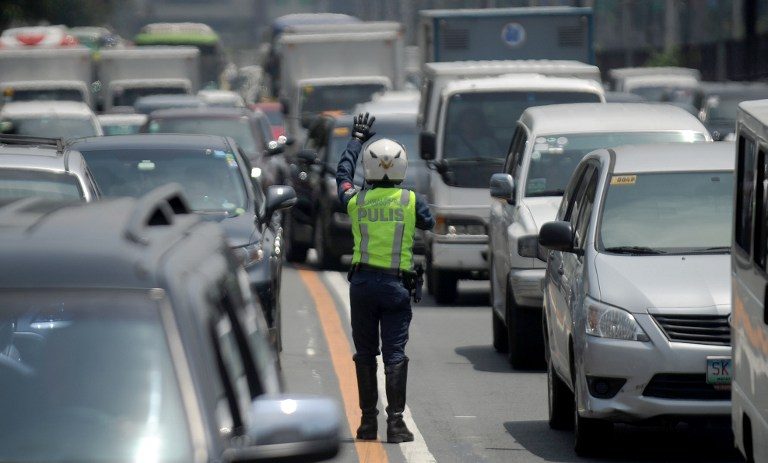
MANILA, Philippines – Getting behind the wheel entails responsibility: as a driver, you’re responsible not only for the safety of your passengers, but also of other motorists sharing the road.
The Philippines has laws and regulations to keep road users safe, but it’s also up to motorists to exercise caution and responsible driving whenever they’re on the road.
Stay on the defensive
One rule of thumb: practice defensive driving.
Defensive driving means having the right attitude and awareness to drive responsibly in order to prevent crashes before they occur.
Among other things, a defensive driver stays alert and scans his surroundings at all times, so he can look out for possible trouble spots. He or she is mentally fit to drive and has received proper training before getting behind the wheel.
A defensive driver also knows how to react if someone else commits mistakes.
You’re a defensive driver if you…
- Observe speed limit laws
- Remain alert and aware of your surroundings
- Maintain a safe distance from the vehicle in front of you
- Respects pedestrians and cyclists on their bike lanes
- Use your signal lights and headlamps properly
- Don’t drive when drunk or sleepy
Here’s an easy acronym to remember: SIPDE
Search – Search the road ahead and around the vehicles
Identify – Identify potential and immediate road hazards
Predict – Predict the actions of other road users
Decide – Decide what to do to avoid unsafe situations
BLOWBAGETS for your road trip
Going on a trip out of town? Well, the Department of Transportation has a reminder for you: don’t forget to BLOWBAGETS.
It’s certainly a memorable acronym, but what does it stand for? It’s a quick vehicle maintenance checklist for you to run through before you hit the road.
- Battery – Kick-start your trip by checking if your battery has a strong charge and a secure cable-to-terminal connection.
- Lights – Test your headlights, brake lights, reverse lights, tail lights, and turn signals.
- Oil – Keep your engine running smoothly by checking oil levels and color. Watch out for any signs of leaks.
- Water – Prevent overheating by checking the water in your radiator. Keep bottles of water handy in case your car overheats while driving.
- Brakes – When braking to a stop, pay attention to your pedal’s response. It should feel smooth with no pulsation or vibrations.
- Air – Use a tire pressure gauge to check if your tires are properly inflated.
- Gas – Keep an eye on the fuel gauge to avoid running out of gas while on the road.
- Engine – Don’t ignore strange noises. Have a mechanic inspect your engine for peace of mind.
- Tires – Inspect your tires for any slashes, bumps, or holes. Make sure to also check your tire tread depth.
- Self – Prioritize your well-being. Make sure you’re fit to drive, and always carry your driver’s license and vehicle registration papers.
Be RAINSAFE in the rain
Beware the perils of rainy weather as you take to the roads. Driving in wet conditions poses some challenges, like decreased visibility, reduced traction, and increased stopping distances. Here are some essential tips on how to stay safe while driving on wet roads, all wrapped up in another simple acronym: RAINSAFE.
- Reduce speed – Slow down and drive at a safe speed for the conditions. Keep pace with the traffic.
- Activate lights – Turn on your headlights and hazard lights to improve visibility and ensure other drivers can see you.
- Increase defogging – Use your windshield defogger and wipers to maintain a clear view of the road.
- No sudden movements – Avoid accelerating, braking, or turning suddenly as these can lead to loss of control on slippery roads.
- Steady hands – Keep a firm grip on the steering wheel to maintain constant control of your vehicle.
- Avoid hydroplaning – Steer clear of puddles, and drive in the tracks of the vehicle ahead to reduce the risk of hydroplaning, or when your tires lose their grip in water.
- Follow at a safe distance – Maintain a safe following distance to allow for sufficient reaction time and avoid rear-end collisions.
- Eliminate distractions – Stay focused on the road and avoid distractions such as using mobile devices while driving.
Ready to test your knowledge? Answer the quiz below and see how you fare.
– Research by Lance Yu, Basmarie Marin and Kurt dela Peña/Rappler.com
Basmarie Marin and Kurt dela Peña are Rappler interns
Add a comment
How does this make you feel?

![[OPINION] Steps the Philippines can immediately take to reduce road casualties](https://www.rappler.com/tachyon/2024/05/Steps-the-Philippines-can-immediately-take-to-reduce-road-casualties.jpg?resize=257%2C257&crop_strategy=attention)
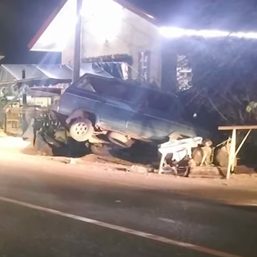
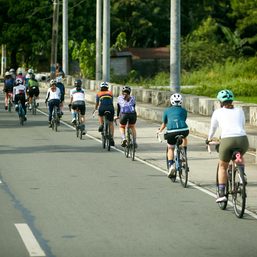
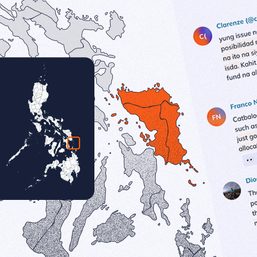
![[Rappler’s Best] Where the streets have no name](https://www.rappler.com/tachyon/2024/03/2-1.jpg?resize=257%2C257&crop=307px%2C0px%2C720px%2C720px)
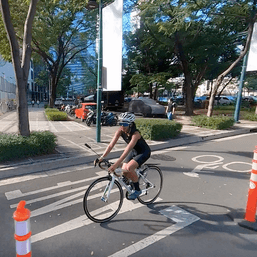
![[DOCUMENTARY] Biking 120 kilometers in Metro Manila](https://www.rappler.com/tachyon/2024/03/bike-commute-metro-manila-documentary-carousel-scaled.jpg?resize=257%2C257&crop=216px%2C0px%2C1440px%2C1440px)

![[EDITORIAL] Kamaynilaan para sa tao, hindi para sa mga sasakyan](https://www.rappler.com/tachyon/2024/04/animated-traffic-april-2024-carousel.jpg?resize=257%2C257&crop=410px%2C0px%2C720px%2C720px)

There are no comments yet. Add your comment to start the conversation.